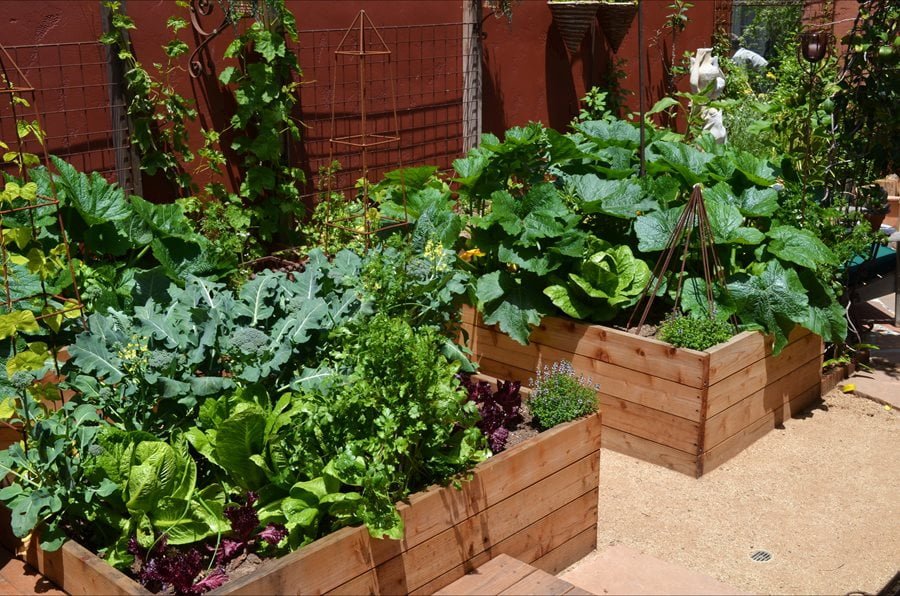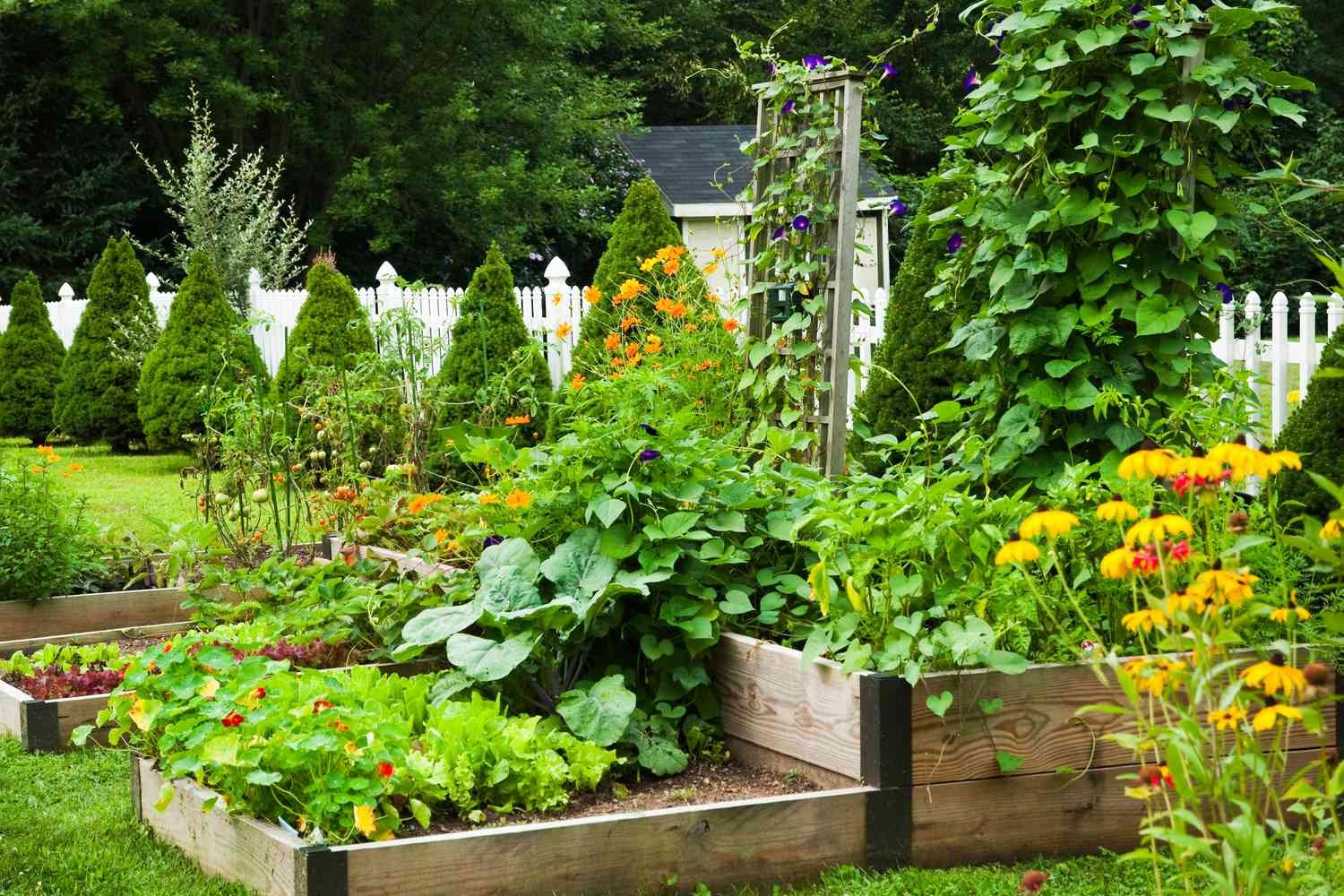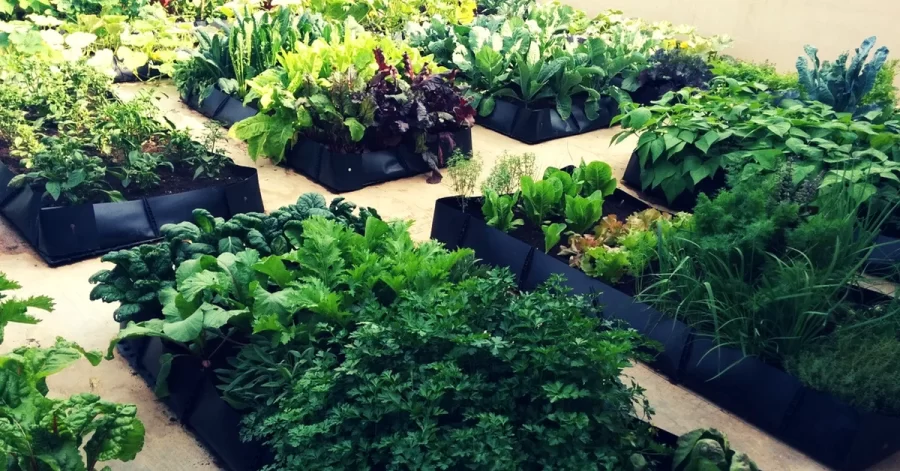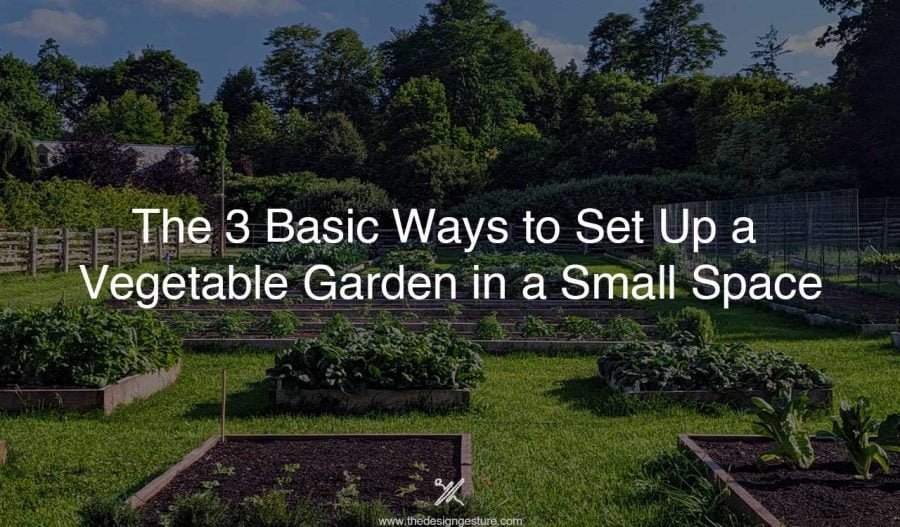Gardening brings joy and satisfaction to many people. It can also be good for your health and well-being. Taking care of plants can make you feel calm and happy. But, only some have a big yard to plant flowers and vegetables. This doesn’t mean you can’t garden, though.
More and more people are learning to make beautiful gardens in small spaces.
This could be a tiny yard in the city, a balcony, or even a windowsill. Small-space gardening has its challenges. But with some clever ideas, you can turn your small area into a green oasis. In this article, we will go over several ways to grow vegetables even in the smallest of spaces.
Use containers in Garden
When you don’t have any ground to break to plant your garden in some soil, you’ll need to fill containers and plant in them. Containers come in many shapes and sizes. You can pick from pots, hanging baskets, and window boxes. Not only do they allow you to grow in small spaces, but they give you access to easily use a variety of planter tools on the plants.
What’s important is to match the container to the type of plant you are growing. For example, deep pots are good for plants with long roots. Shallow containers are better for herbs and small flowers.

Another great idea for small spaces is vertical gardening. This means growing plants up instead of out. You can use trellises, wall planters, or shelves. Vertical gardening lets you grow more in less space. It’s perfect for climbing plants like ivy, tomatoes, or beans. Plus, it can make a plain wall look green and lively.
Pick the right plants
When gardening in a small space, picking the right plants is one of the most important things you can do. You need to think about how much room you have and how much light your space gets. Some plants need lots of sunlight, while others can grow in more shade. It’s important to choose plants that will be happy in the conditions where you’re going to put the garden.
If you have a sunny spot, you can grow things like tomatoes, peppers, and basil. These plants love the sun. If your space gets less light, leafy greens like spinach and lettuce are a good choice. They can grow in shady places.

Understand the space
When you start a garden in a small space, the first step is to understand what you have to work with. Each space has its own advantages and disadvantages. For example, a balcony might get lots of sun, but it might also have weight limits for containers. A windowsill might be perfect for small pots of herbs, but not for larger plants.
Think about the shape and size of your space. This will help you plan where to put your plants. You can use vertical space with hanging baskets or shelves. Or, you can use containers that fit well in the space you have.





